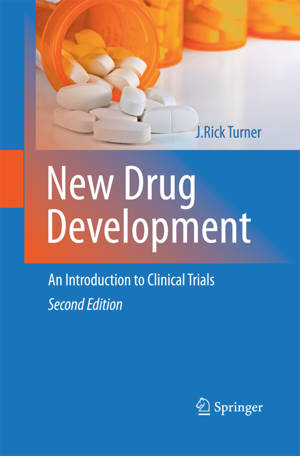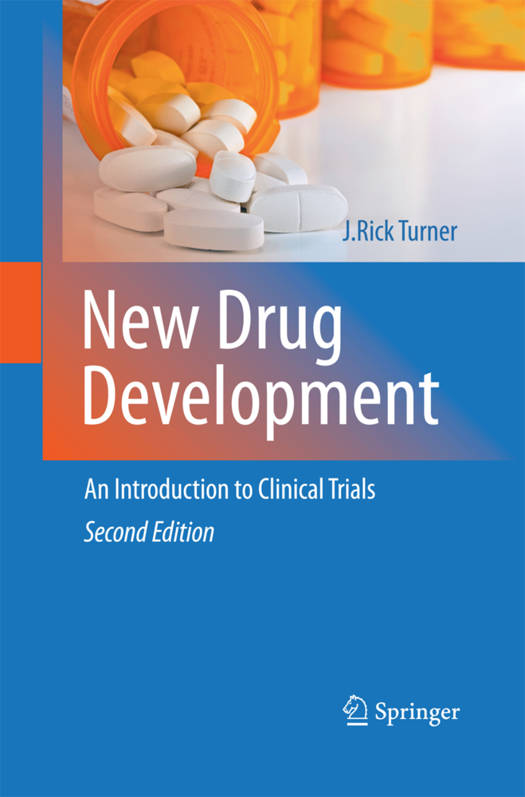
En raison d'une grêve chez bpost, votre commande pourrait être retardée. Vous avez besoin d’un livre rapidement ? Nos magasins vous accueillent à bras ouverts !
- Retrait gratuit dans votre magasin Club
- 7.000.000 titres dans notre catalogue
- Payer en toute sécurité
- Toujours un magasin près de chez vous
En raison de la grêve chez bpost, votre commande pourrait être retardée. Vous avez besoin d’un livre rapidement ? Nos magasins vous accueillent à bras ouverts !
- Retrait gratuit dans votre magasin Club
- 7.000.0000 titres dans notre catalogue
- Payer en toute sécurité
- Toujours un magasin près de chez vous
New Drug Development
An Introduction to Clinical Trials: Second Edition
J Rick Turner
Livre broché | Anglais
195,95 €
+ 391 points
Format
Description
New Drug Development: Second Edition provides an overview of the design concepts and statistical practices involved in therapeutic drug development. This wide spectrum of activities begins with identifying a potentially useful drug candidate that can perhaps be used in the treatment or prevention of a condition of clinical concern, and ends with marketing approval being granted by one or more regulatory agencies. In between, it includes drug molecule optimization, nonclinical and clinical evaluations of the drug's safety and efficacy profiles, and manufacturing considerations. The more inclusive term lifecycle drug development can be used to encompass the postmarketing surveillance that is conducted all the time that a drug is on the market and being prescribed to patients with the relevant clinical condition. Information gathered during this time can be used to modify the drug (for example, dose prescribed, formulation, and mode of administration) in terms of its safety and its effectiveness. The central focus of the first edition of this book is captured by its subtitle, 'Design, Methodology, and Analysis'. Optimum quality study design and experimental research methodology must be employed if the data collected--numerical representations of biological information--are to be of optimum quality. Optimum quality data facilitate optimum quality statistical analysis and interpretation of the results obtained, which in turn permit optimum quality decisions to be made: Rational decision making is predicated on appropriate research questions and optimum quality numerical information. The book took a non-computational approach to statistics, presenting instead a conceptual framework and providing readers with a sound working knowledge of the importance of design, methodology, and analysis. Not everyone needs to be an expert in statistical analysis, but it is very helpful for work (or aspire to work) in the pharmaceutical and biologics industries to be aware of the fundamental importance of a sound scientific and clinical approach to the planning, conduct, and analysis of clinical trials.
Spécifications
Parties prenantes
- Auteur(s) :
- Editeur:
Contenu
- Nombre de pages :
- 256
- Langue:
- Anglais
Caractéristiques
- EAN:
- 9781493900916
- Date de parution :
- 19-10-14
- Format:
- Livre broché
- Format numérique:
- Trade paperback (VS)
- Dimensions :
- 156 mm x 234 mm
- Poids :
- 399 g

Les avis
Nous publions uniquement les avis qui respectent les conditions requises. Consultez nos conditions pour les avis.






